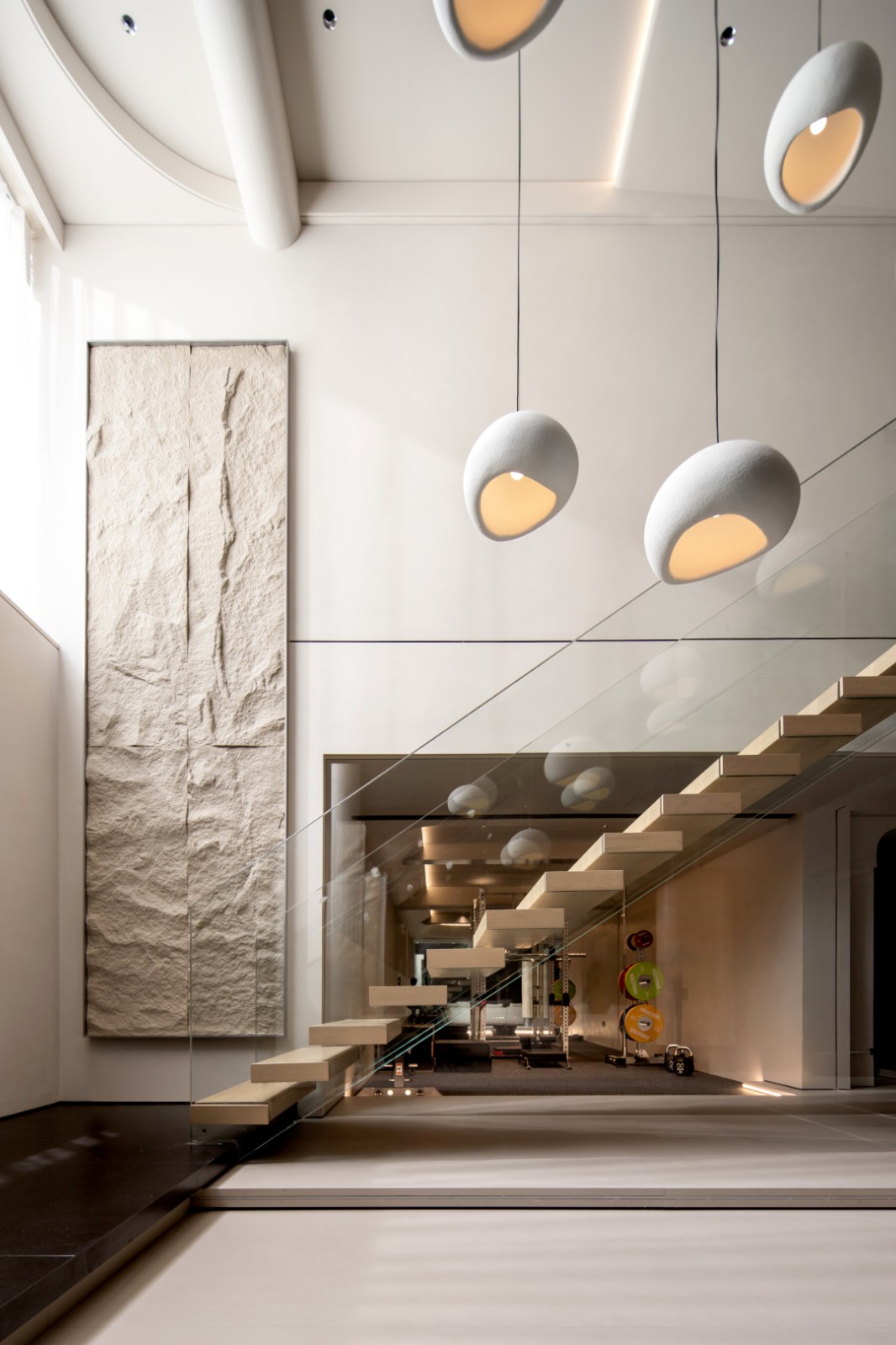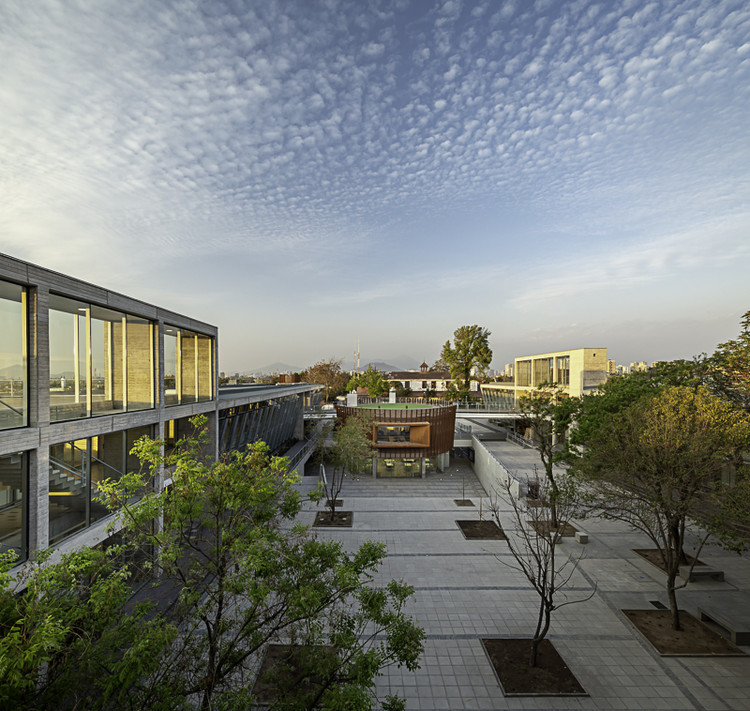Pine House Peñín Architects
2011-07-04 00:00
架构师提供的文本描述。巴伦西亚的场地在全球范围内是通过使用遵循建筑物方向的连续和平行条来处理的。顺序从公共到私人,丰富了街道的地形,绿色的斜坡,车库,游泳池和花园。它以门廊结束,门廊是在房子的一侧做的,以避免正面进入。内部使用相同的机制,在两条中阐明程序。
Text description provided by the architects. The site of Valencia is treated globally through the use of successive and parallel strips that follow the building's orientation. The sequence is from public to private, enriched by the topography of the street, the green slope, the garage, the pool and the garden. It finishes with the porch, which entry was made on the side of the house to avoid frontally. The interior uses the same mechanism, articulating the program in two strips.
通过对该地区传统建筑的混凝土处理和连续修整,提出了一种轻盈缺位的理念。这些设备,连同程序的流动性,达到轻盈和不存在的目标,包括:混凝土柱比回收H型钢的规定更薄,抑制支架,处理连续涂饰为干预制板,以及使用过滤器、中间空间和阴影。
From the manipulation of concrete and continuous finishing of the traditional construction of the area, it suggests an idea of lightness and absence. Devices that, together with the fluidity of the program, reach the goals of lightness and absence include: concrete columns are slimmer than the regulations with H steel profiles recovered, suppression of supports, treatment of continuous finishing as dry prefabricated panels and the use of filters, intermediate spaces and shadows.
其目标是建筑和自然与孔隙和嵌入共存,因此,交叉和绝热通风已放置在每一个房间。传统和沉重的建筑已经转变,以当代的方式,唤起现代主义的亭子建筑。
The goal is that architecture and nature coexist with porosity and imbrications; therefore, cross and adiabatic ventilations have been placed in every room. A traditional and heavy construction has been transformed, in a contemporary way, to evoke modernistic pavilion architecture.
 举报
举报
别默默的看了,快登录帮我评论一下吧!:)
注册
登录
更多评论
相关文章
-

描边风设计中,最容易犯的8种问题分析
2018年走过了四分之一,LOGO设计趋势也清晰了LOGO设计
-

描边风设计中,最容易犯的8种问题分析
2018年走过了四分之一,LOGO设计趋势也清晰了LOGO设计
-

描边风设计中,最容易犯的8种问题分析
2018年走过了四分之一,LOGO设计趋势也清晰了LOGO设计













































